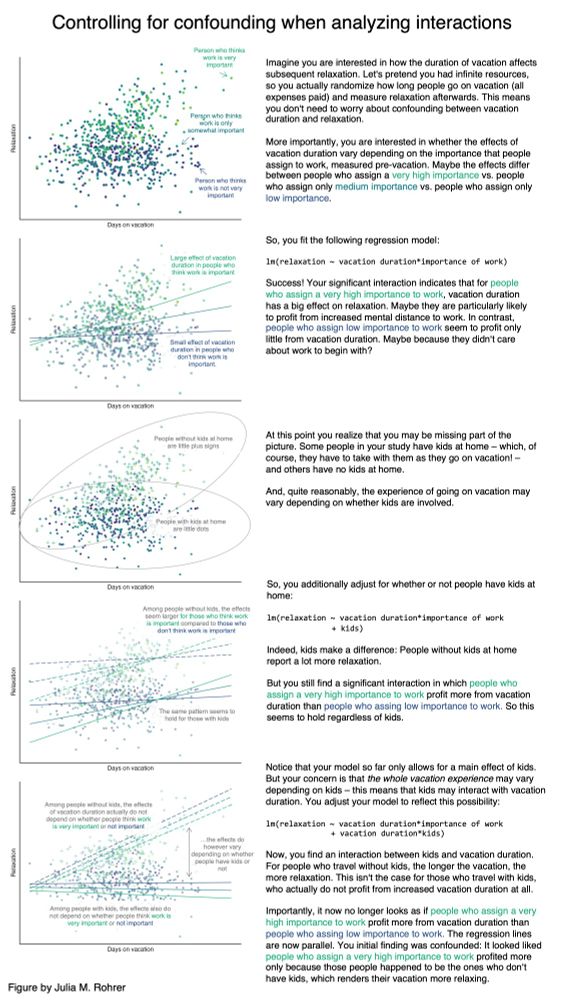Dylan Burton
@dylanburton.bsky.social
500 followers
160 following
20 posts
Assistant Professor at Georgia State University. MSU and Lancaster alum. My research focus is on language testing and assessment Learn more about me here: https://dylanburton.hcommons.org
Posts
Media
Videos
Starter Packs
Reposted by Dylan Burton
Dylan Burton
@dylanburton.bsky.social
· Aug 27
Reposted by Dylan Burton
Reposted by Dylan Burton
Reposted by Dylan Burton
Jessi Grieser
@jessgrieser.com
· Aug 21
Reposted by Dylan Burton
Ryan Bowles
@ryanpbowles.bsky.social
· Aug 21
Reposted by Dylan Burton
Reposted by Dylan Burton
Darren Dahly
@statsepi.bsky.social
· Aug 11
Reposted by Dylan Burton
Reposted by Dylan Burton
Reposted by Dylan Burton
Reposted by Dylan Burton
Reposted by Dylan Burton
Reposted by Dylan Burton
Dan Isbell
@danielrisbell.bsky.social
· Jul 8
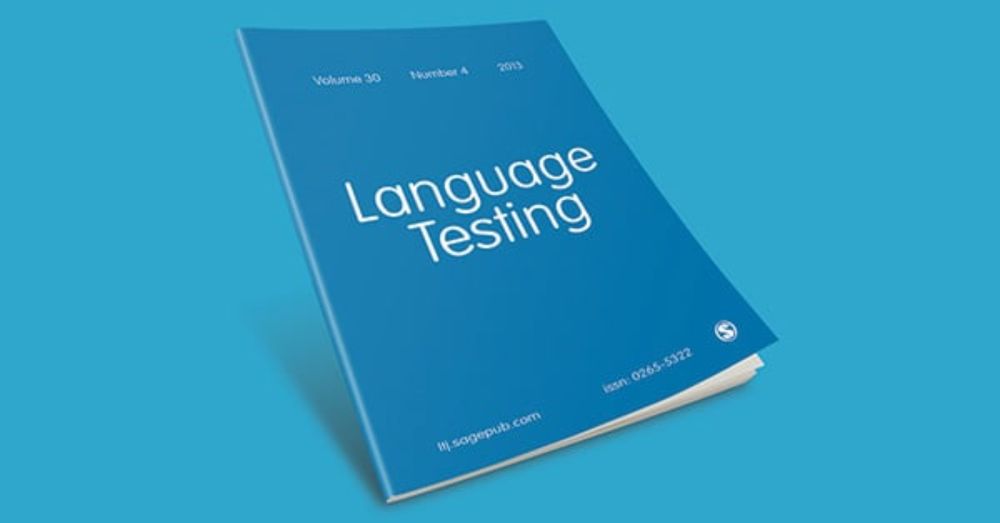
A survey of English language proficiency tests in international student admissions at US research-intensive universities - Nicholas Coney, Daniel R. Isbell, 2025
Over one million international students are enrolled in US higher education institutions. To be admitted into one of these degree-granting institutions, interna...
journals.sagepub.com
Reposted by Dylan Burton
Reposted by Dylan Burton
Reposted by Dylan Burton
Dylan Burton
@dylanburton.bsky.social
· May 25
Reposted by Dylan Burton
Reposted by Dylan Burton
Reposted by Dylan Burton
Betsy Sneller
@betsysneller.bsky.social
· Apr 28

Research Associate-Fixed Term - East Lansing, Michigan, United States
Working/Functional Title
Linguistics; Postdoctoral Research Associate
Position Summary
The successful applicant will join the MI Diaries project, which is collecting sociolinguistic data from Michigan...
careers.msu.edu
Reposted by Dylan Burton




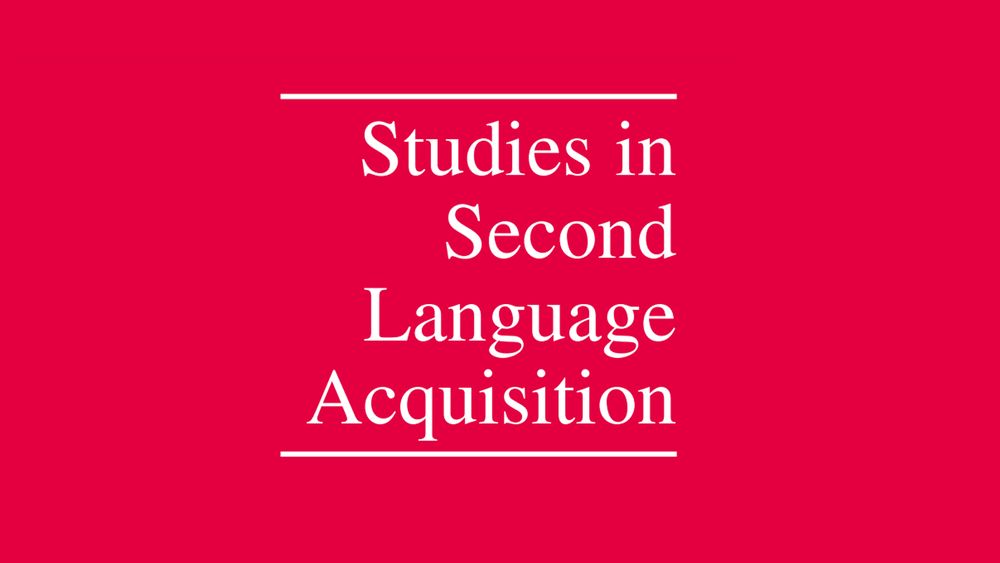
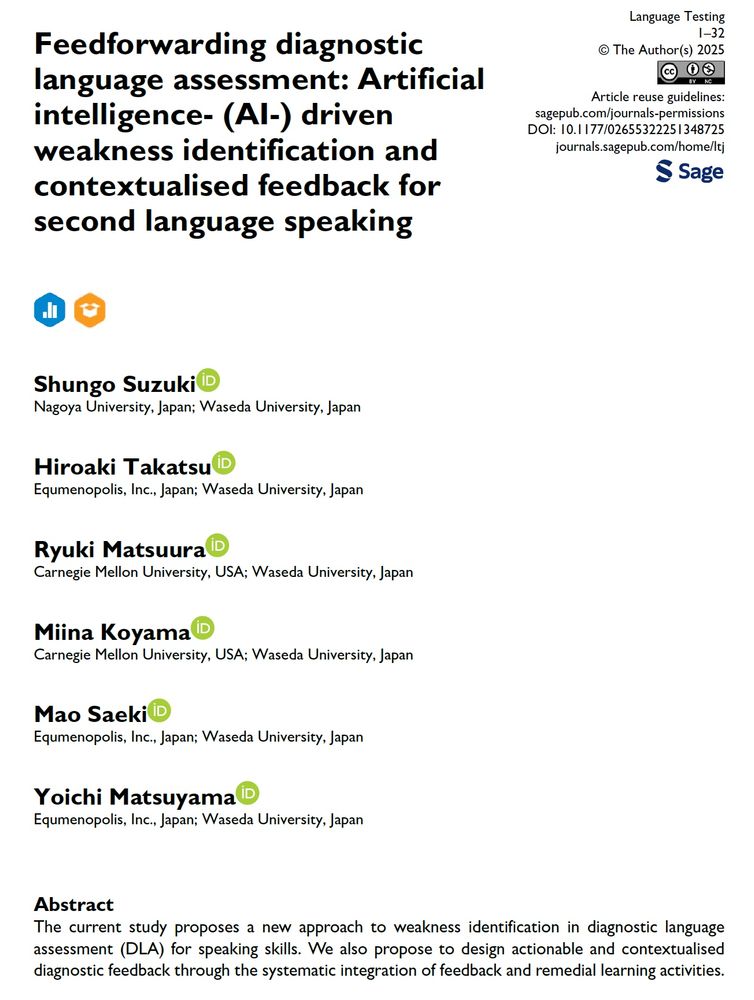

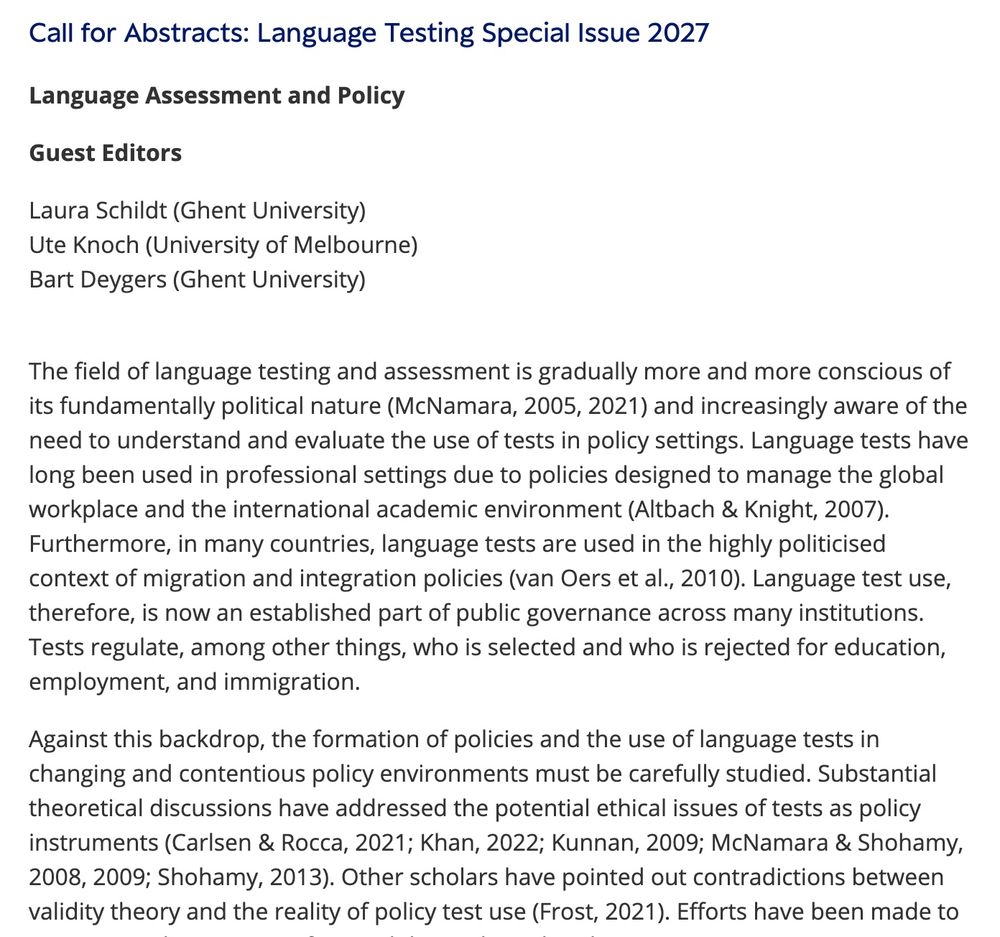
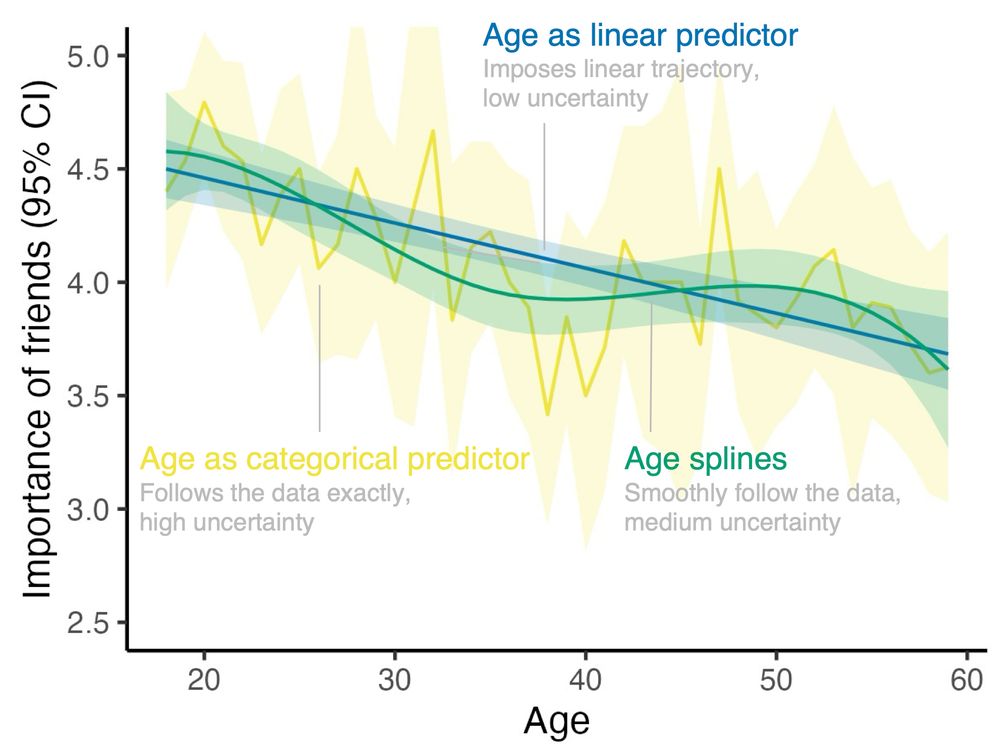
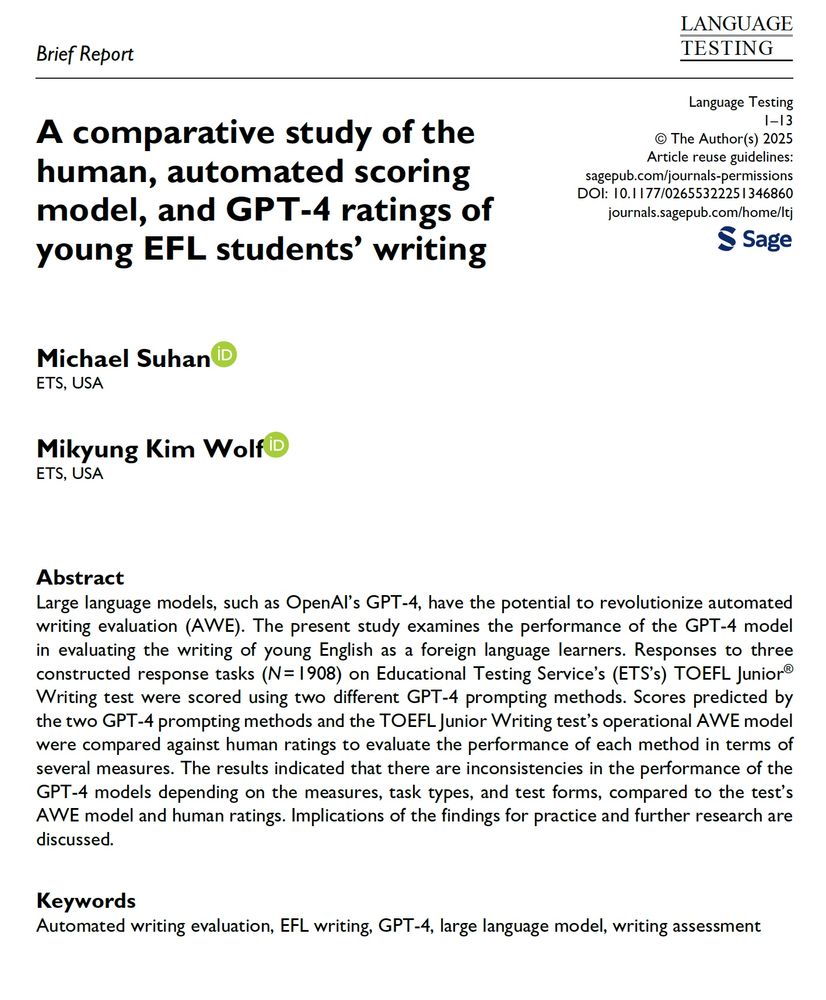
![What can be learned when multiple analysts arrive at different estimates
Kowall et al. (2025) have brought the multi-analyst approach to epidemiology, with instructive results. With this approach, multiple researchers analyze the same data set to answer the same research question. Or, at least, what appears to be the same research question. In fact, the very first paper that popularized this approach [1] has been criticized for using a vague research question (“Are soccer referees more likely to give red cards to players with dark skin tone than light skin tone?”), which apparently led the analysts to try to answer quite different questions—from a simple question about a bivariate statistical association to much more complex causal questions about racial bias [2].
In contrast, the research question passed on to analysts in Kowall et al. (2025) seems less ambiguous: Does marital status influence the incidence of cardiovascular disease? But less ambiguous does not equal unambiguous. Considerable...](https://cdn.bsky.app/img/feed_thumbnail/plain/did:plc:gz53felr7btxgmbxae5aooxi/bafkreidvs4c7wvoh63tr2ptmvnnl5hya246ofttwyzlvotkmqhnpwgbf4a@jpeg)


